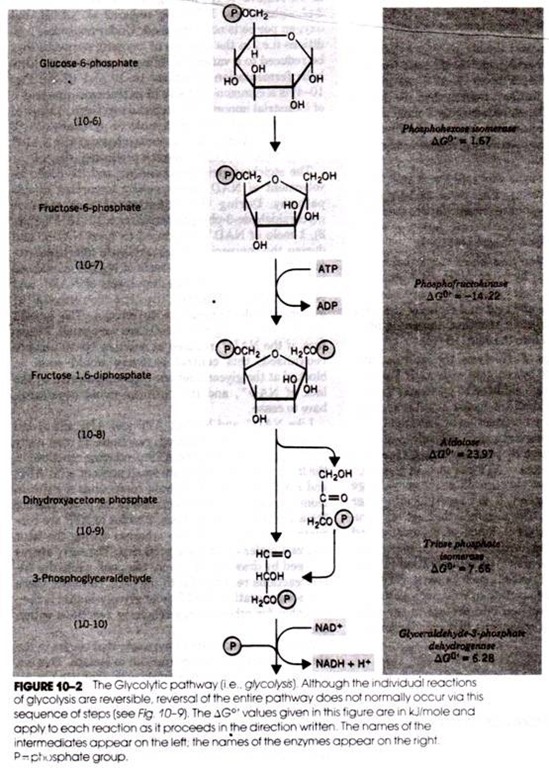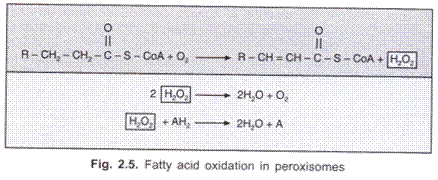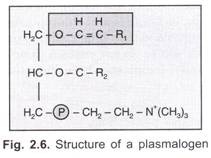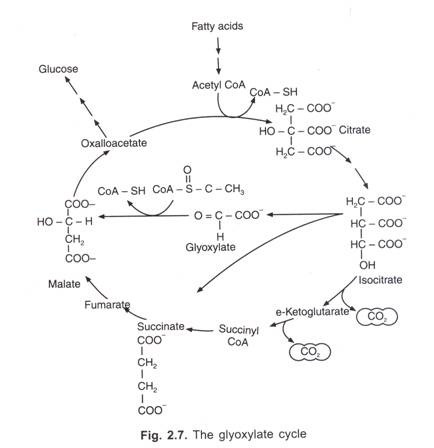Difference and Similarity between Lysosomes and Peroxisomes!
Lysosomes
A cell is composed of many different organelles. One such organelle that is found in all animal cells is lysosome.
The word lysosome comes from the Greek words ‘lysis’, which means dissolution or destruction, and ‘soma’, which means body. These are spherical organelles that contain specialized enzymes called Acid Hydrolases.
These organelles break up food so that it is easy to digest and uptake for the cell and the body. Colored image 2.5 shows lysosomes from golgi apparatus.
Lysosomes are typically found in animal cells, whereas in yeast and some plants cells, the same roles are performed by organelles known as lyric vacuoles. Lysosomes main function is to entail digesting excess or worn- out organelles, food particles, and engulfing and destroying foreign bodies that could harm the cell, like viruses or bacteria.
The membrane around a lysosome allows the digestive enzymes to work at a pH of 4.5, which is the optimum pH required by the lysosome for functioning. Lysosomes fuse with vacuoles and dispense their enzymes into the vacuoles, thereby digesting their contents.
The size of lysosomes varies between 0.1 to 1.2 µm. At a pH of 4.8, the interior part of the lysosomes is acidic when compared to the slightly alkaline pH of the cytosol (pH 7.2). The lysosome maintains this pH differential by pumping positive ions, that is, protons (H+ ions) from the cytosol across the membrane via proton pumps and chloride ion channels.
The lysosomal membrane protects the cytosol, and the rest of the cell, from the destructive enzymes that are present within the lysosome and which are essential for lysosomes function. The cell is further additionally protected from any lysosomal acid hydrolases that leak into the cytosol as these enzymes are pH-sensitive and function less well in an alkaline environment as compared to an acidic environment. Given below are details regarding the functions of lysosomes.
One needs to understand that at the cellular level, lysosomes are a cell’s first line of defense. These organelles act as the disposal system of the cell. These organelles are responsible for digesting the macromolecules that pose a threat to the cell by phagocytosis. Phagocytosis process consists of ingesting during cells, useless and unwanted foreign bodies and organelle remnants that may be present in the cytosol.
However, phagocytosis is only one of the ways by which these organelles get rid of unwanted matter in the cell. The another technique that are employed for getting rid of intracellular debris includes endocytosis, wherein there are protein receptors involved which are recycled from the cell surface and autophagy, wherein old, worn out organelles reach the lysosome for destruction.
An interesting characteristic of lysosomes function is autophagy. This is because; autophagy may even lead to autophagic cell death, which is a catabolic process that involves degradation of a cell’s own components through the lysosomal machinery. Thus, there is programmed cell death, occurs or called as autolysis. So in such cases, the cell is digesting itself.
This is why lysosomes are frequently nicknamed ‘suicide-bags’ or ‘suicide-sacs’, due to their role in autolysis. Another function includes helping in repairing a damaged plasma membrane by serving as a membrane patch, and thus, sealing the wound.
Lysosomes are very important part of the cell; however, there are many lysosomal storage diseases which are caused due to the malfunctioning of lysosomes, or at least the malfunctioning of one of their digestive proteins.
These diseases include Toy-Sachs disease and Pomp’s disease. These are caused by a defective or missing digestive proteins, which leads to the accumulation of substrates within the cell, thus, impairing metabolism. Organelles containing a large range of digestive enzymes used primarily for digestion and removal of excess or worn-out organelles, food particles, and engulfed viruses or bacteria.
Peroxisomes:
Peroxisomes are small, membrane-enclosed organelles which contain enzymes involved in a variety of metabolic reactions, including several aspects of energy metabolism. Although peroxisomes are morphologically similar to lysosomes, they are assembled, like mitochondria and chloroplasts, from proteins that are synthesized on free ribosomes and then imported into peroxisomes as completed polypeptide chains. Peroxisomes do not contain their own genomes; they are similar to mitochondria and chloroplasts where they used to replicate by division.
Peroxisomes contain at least 50 different types of enzymes, which are involved in a variety of biochemical pathways in different types of cells. Fig. 2.4 shows electron micrograph of peroxisomes. Peroxisomes originally were defined as organelles that carry out oxidation reactions leading to the production of hydrogen peroxide. Because hydrogen peroxide is harmful to the cell, peroxisomes also contain the enzyme catalase, which decomposes hydrogen peroxide either by converting it to water or by using it to oxidize another organic compound.
A variety of substrates are broken down by such oxidative reactions in peroxisomes, including uric acid, amino acids, and fatty acids. Fatty acids oxidation is particularly important example, because it provides a major source of metabolic energy. In animal cells, fatty acids are oxidized in both peroxisomes and mitochondria, but in yeasts and plants oxidation of fatty acid is restricted to peroxisomes.
To provide a compartment for oxidation reactions, peroxisomes are involved in lipid biosynthesis. In animal cells, cholesterol and dolichol are synthesized in peroxisomes as well as in the ER. In the liver, peroxisomes are also involved in the synthesis of bile acids, which are derived from cholesterol.
In addition, peroxisomes contain enzymes required for the synthesis of plasminogen’s-a family of phospholipids in which one of the hydrocarbon chains is joined to glycerol by an ether bond rather than an ester bond, see Fig. 2.5. Plasminogen’s are important membrane components in some tissues, mainly in heart and brain, although they are absent in others.
Peroxisomes has two important roles in plants, see Fig. 2.6. First, peroxisomes in seeds are responsible for the conversion of stored fatty acids to carbohydrates, which is critical to providing energy and raw materials for growth of the germinating plant. This occurs via a series of reactions termed the glyoxylate cycle, which is a variant of the citric acid cycle, see Fig. 2.7. The peroxisomes in which this takes place are sometimes called glyoxysomes.




